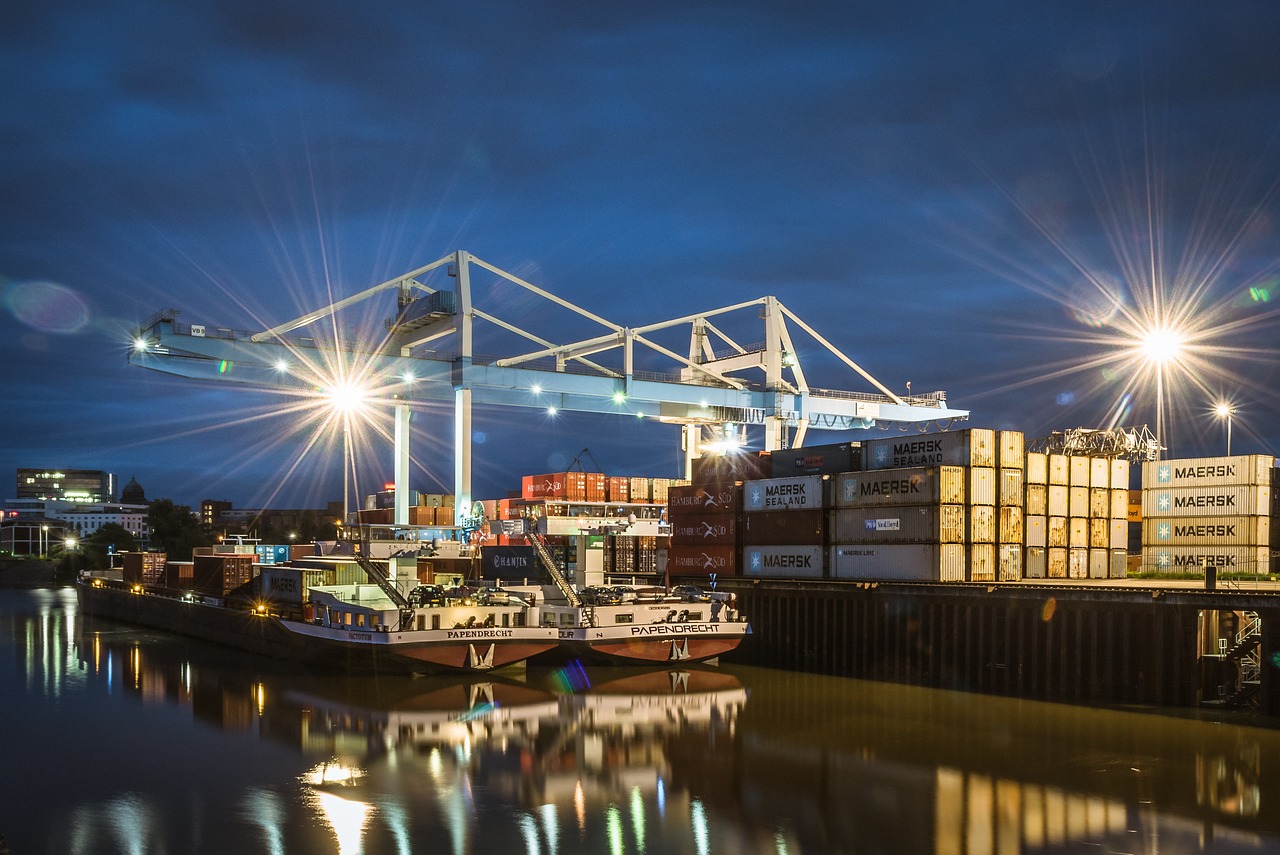
What serious consequences can incomplete agency company qualifications lead to?
We handled a case where a textile company had $200,000 worth of goods detained by customs due to using an unqualified agent. Qualification risks mainly manifest in:
- Illegal operation risks: Agents not registered with MOFCOM may involve smuggling or money laundering
- Lack of industry certifications: Absence of professional qualifications like AEO certification or FIATA membership affects customs clearance efficiency
- Insufficient emergency response capability: Non-professional agents may fail to comply with the new ISF filing rules implemented in 2025
Are there major fund security risks?
A machinery exporter once encountered an agent misappropriating $1.5 million in payment. Key financial risks include:
- Prepayment supervision loopholes: Failure to establish joint accounts or use L/C payments
- Foreign exchange settlement risks: Non-compliance with SAFE [2024] No.9 document requirements for forex declarations
- Tax refund withholding: Unscrupulous agents may delay or deduct refundsExport tax refund
How significant are losses caused by compliance operation loopholes?
In 2024, an electronics company was required to pay 2.8 million yuan in back taxes due to HS code misclassification by their agent. Compliance risks include:
- Document management deficiencies: Non-standard commercial invoices, certificates of origin, etc.
- Trade control violations: Non-compliance with the latest ECCN export control classifications
- Tax declaration errors: Cross-border VAT filings not meeting SAT [2025] No.3 document requirements
What business losses may result from service connection gaps?
Our research shows 68% of foreign trade disputes stem from logistics coordination issues. Service risks mainly appear in:
- Logistics control failures: Lack of end-to-end visual tracking systems
- Emergency mechanism absence: Inability to handle sudden customs inspections promptly
- Post-sales service gapsNo subsequent support for customs clearance issues at the destination port
How to identify and prevent hidden cost traps?
A home furnishing export company once saw a 37% decline in profit margin due to hidden costs. Be alert to:
- Hidden fee trapsIncluding destination port handling fees, document processing fees, etc.
- Exchange rate loss risksFailure to use financial instruments like forward exchange settlement
- Inadequate insurance coverageFailure to purchase credit insurance leading to bad debt risks
Professional Risk Avoidance Guide
It is recommended that enterprises adoptThe five-step screening method:
- Qualification review: Verify customs registration number + AEO certification + industry association membership
- Fund supervision: Require bank custody agreements + credit insurance certificates
- Compliance assessment: Check customs penalty records from the past three years
- Service verification: Conduct on-site inspections of operational processes and emergency systems
- Cost audit: Require detailed fee comparison statements


 Follow Customer Service WeChat
Follow Customer Service WeChat